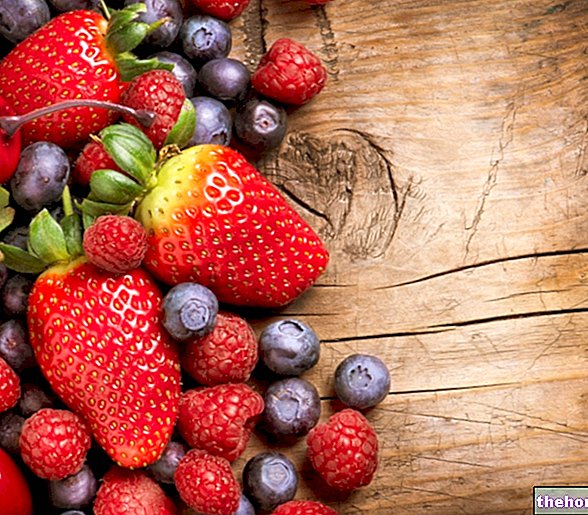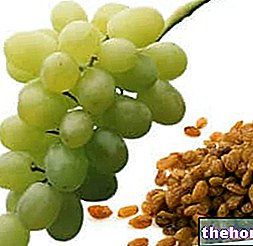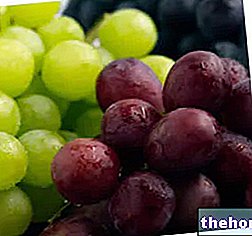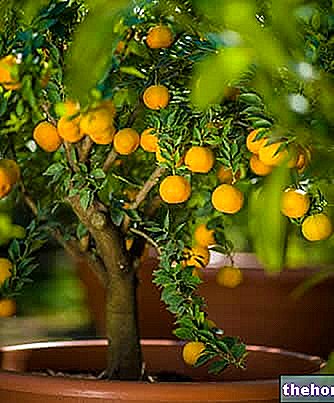
Despite belonging to the category of fleshy fruits, avocado does not have the chemical characteristics of the VI or VII fundamental food group. It contains less water (about - 10/15% of apples, for example), sugars and water-soluble acids, while it is very rich in fats and vitamin E; on the contrary, the fleshy fruits that we are used to consume in Italy are low in fat, but rich in sugars, acids, and do not contain such levels of alpha tocopherol.
Due to these characteristics, it is not easy to use in the Mediterranean diet and therefore is rather decontextualized. Suffice it to say that, to include avocado in the diet without altering the balance between energy macronutrients, it is essential to eliminate or drastically reduce the use of extra virgin olive oil in recipes and on foods. In principle, avocado would be to avoid in case of overweight and obesity.
The gastronomic use of avocado changes considerably according to the culinary tradition of the area. In Central America, where the plant comes from, avocado is extremely used for all kinds of dishes. In Italy, however, it is a novelty, therefore the most popular recipes are extremely limited.
From the botanical point of view, the avocado fruit is a drupe - like peach, apricot, cherry, olive and coconut. It reaches considerable size; shape and external color vaguely reminiscent of an aubergine, especially in the variety with smooth skin. When cut, the pulp is yellow and the large woody stone is brownish. When ripe it has a buttery consistency and a taste vaguely reminiscent of walnut. It is consumed almost exclusively raw.




























